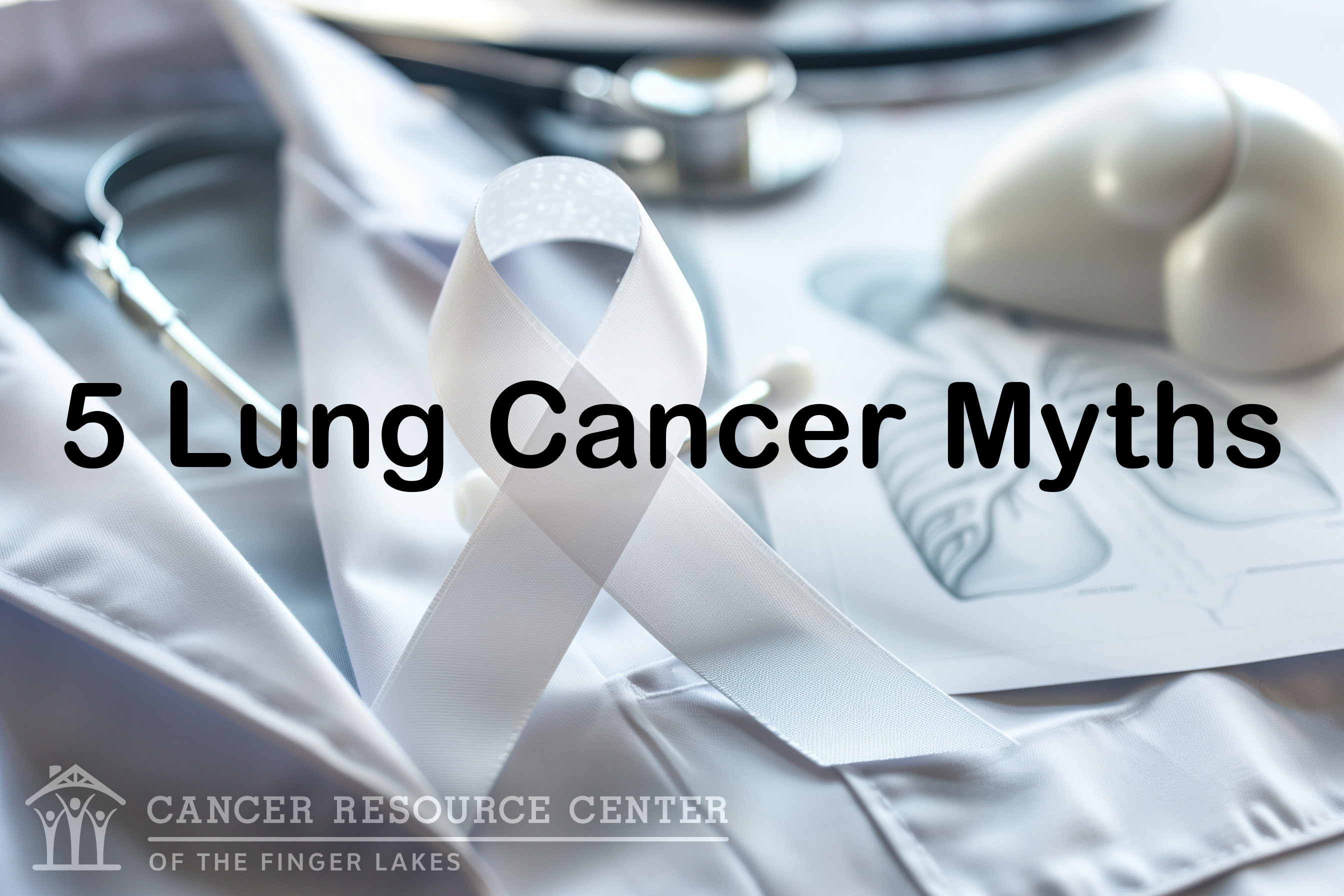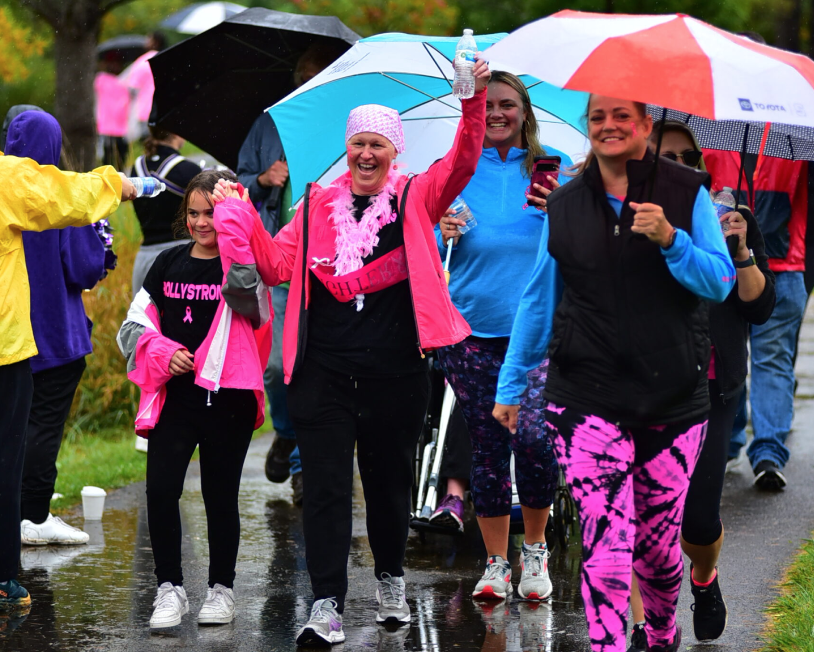There are a variety of styles that spouses and other close family members adopt to help a family member with cancer.
Here are several negative styles that I’ve observed through the years as well as the style that is most likely to be helpful.
Combatants are always looking to pick a fight, often with doctors and nurses. They usually feel powerless over their loved one’s cancer, so they take it out on the people who are nearby (and are trying to help).
Bosses can’t help but dictate what their loved one with cancer should be doing. This can range from big decisions (which treatment to pursue) to the mundane (what to eat at every meal).
Ostriches bury their heads in the sand. They deny that their loved one is seriously ill. They don’t want to talk about serious stuff because they just can’t go there.
Fixers obsessively try to cure the cancer. They can’t be present with anyone, especially with the patient, because they’re too busy trying to fix something, even if there’s nothing that can be fixed.
Sufferers are burdened by caregiving. They refuse all help even though that help would relieve their own stress and make them better caregivers.
Partners work hard to face cancer with their loved one. Their focus is supporting the patient.
These are broad characterizations meant to highlight the extremes. Even the most supportive loved ones have days in which they take on less than ideal characteristics. That’s just being human.
Most spouses and family members truly want to help and do so to the best of their abilities. Highlighting the negative extremes (and giving each a name) will hopefully serve as gentle reminders to bring out the best in everyone.
Reprinted with permission of the Ithaca Journal.
Click here for all of Bob’s columns





